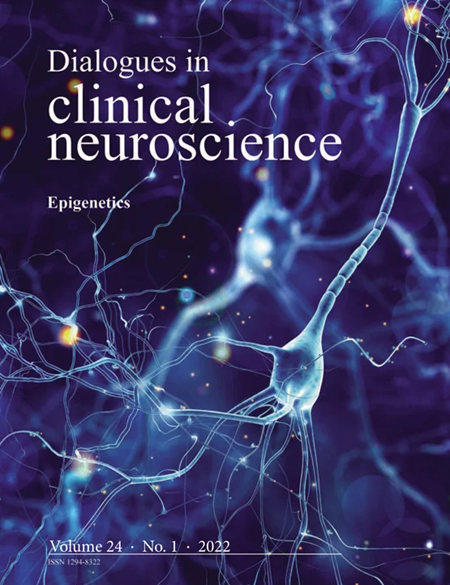The synaptic pathology of cognitive life
IF 8.3
2区 医学
Q1 Medicine
引用次数: 14
Abstract
Prospective, community-based studies allow evaluation of associations between cognitive functioning and synaptic measures, controlled for age-related pathologies. Findings from >400 community-based participants are reviewed. Levels of two presynaptic proteins, complexin-I (inhibitory terminals), and complexin-II (excitatory terminals) contributed to cognitive variation from normal to dementia. Adding the amount of protein-protein interaction between two others, synaptosome-associated protein-25 and syntaxin, explained 6% of overall variance. The presynaptic protein Munc18-1 long variant was localized to inhibitory terminals, and like complexin-I, was positively associated with cognition. Associations depended on Braak stage, with the level of complexin-I contributing nearly 15% to cognitive variation in stages 0-II, while complexin-II contributed 7% in stages V-VI. Non-denaturing gels identified multiple soluble N-ethylmaleimide-sensitive factor attachment protein receptor protein-protein (SNARE) complexes in frontal and in temporal lobes, making specific contributions to cognitive functions. Multiple mechanisms of presynaptic plasticity contribute to cognitive function during aging.认知生活的突触病理学
前瞻性的、基于社区的研究允许评估认知功能和突触测量之间的关联,并对年龄相关的病理进行控制。对400多名社区参与者的调查结果进行了审查。两种突触前蛋白,络合剂I(抑制性末端)和络合剂II(兴奋性末端)的水平有助于从正常到痴呆的认知变化。加上另外两种蛋白质-蛋白质相互作用的量,突触小体相关蛋白-25和突触结合蛋白,解释了6%的总体方差。突触前蛋白Munc18-1长变体定位于抑制性终末,与复合物I一样,与认知呈正相关。关联取决于Braak阶段,在0-II阶段,络合剂I的水平对认知变化的贡献率接近15%,而在V-VI阶段,络素II的贡献率为7%。非变性凝胶在额叶和颞叶中鉴定出多种可溶性N-乙基马来酰亚胺敏感因子附着蛋白-受体蛋白-蛋白(SNARE)复合物,对认知功能有特定贡献。突触前可塑性的多种机制有助于衰老过程中的认知功能。
本文章由计算机程序翻译,如有差异,请以英文原文为准。
求助全文
约1分钟内获得全文
求助全文
来源期刊

Dialogues in Clinical Neuroscience
Medicine-Psychiatry and Mental Health
CiteScore
19.30
自引率
1.20%
发文量
1
期刊介绍:
Dialogues in Clinical Neuroscience (DCNS) endeavors to bridge the gap between clinical neuropsychiatry and the neurosciences by offering state-of-the-art information and original insights into pertinent clinical, biological, and therapeutic aspects. As an open access journal, DCNS ensures accessibility to its content for all interested parties. Each issue is curated to include expert reviews, original articles, and brief reports, carefully selected to offer a comprehensive understanding of the evolving landscape in clinical neuroscience. Join us in advancing knowledge and fostering dialogue in this dynamic field.
 求助内容:
求助内容: 应助结果提醒方式:
应助结果提醒方式:


